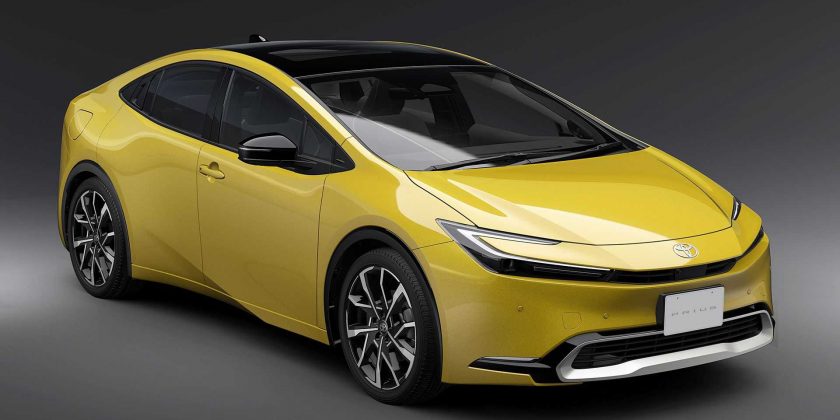Toyota is taking a new approach with the lease program of the completely redesigned Prius in Japan. The automaker will give customers the chance to get 10 percent lower monthly lease payments and all they have to do is opt in for a new service the company is offering.
That service will update the hybrid vehicle’s safety features and marks the first time Toyota offers over-the-air software updates for a model. This move tries to promote the new tech and also attempts to cut lease prices and preserve used-car prices in Japan. Toyota’s leaser division in the country, KINTO, confirmed the new program earlier this week.
Gallery: 2023 Toyota Prius
OTA updates aren’t new in the automotive industry. Tesla pioneered the technology and several manufacturers followed the trend, including Polestar, Volkswagen, Ford, BMW, and others. Toyota is now taking the first steps and they will be focused on the safety systems of the vehicle, including the collision avoidance system and other features.
“Tesla’s customers are, to put it simply, high-income earners, and many of them are willing to pay for new and good things so that’s why their products are a hit with that segment of the market,” Shinya Kotera, president of KINTO, told Reuters in an interview. “Toyota’s customers are not like that. They are not someone who would pay extra for new technology. They are looking for something good, reliable, and inexpensive.”
Kotera also confirmed the Prius is the first vehicle to benefit from the new lease program but it is surely not going to be the only one to do so. Toyota wants to expand the service to other vehicles and eventually make the new lease program available globally.
As for the new Prius, in the United States, the model comes with a new 2.0-liter engine and a newly developed lithium-ion battery pack. The system output is rated at 194 horsepower (142 kilowatts), which is enough to accelerate the hybrid from 0 to 60 miles per hour (96 kilometers per hour) in respectable 7.2 seconds. There’s also a plug-in hybrid variant with the same 2.0-liter mill that has 220 hp (161 kW) and sprints to 60 mph (96 kph) in just 6.6 seconds, making it quicker than the new Acura Integra.
Source: Reuters
Source: Read Full Article

